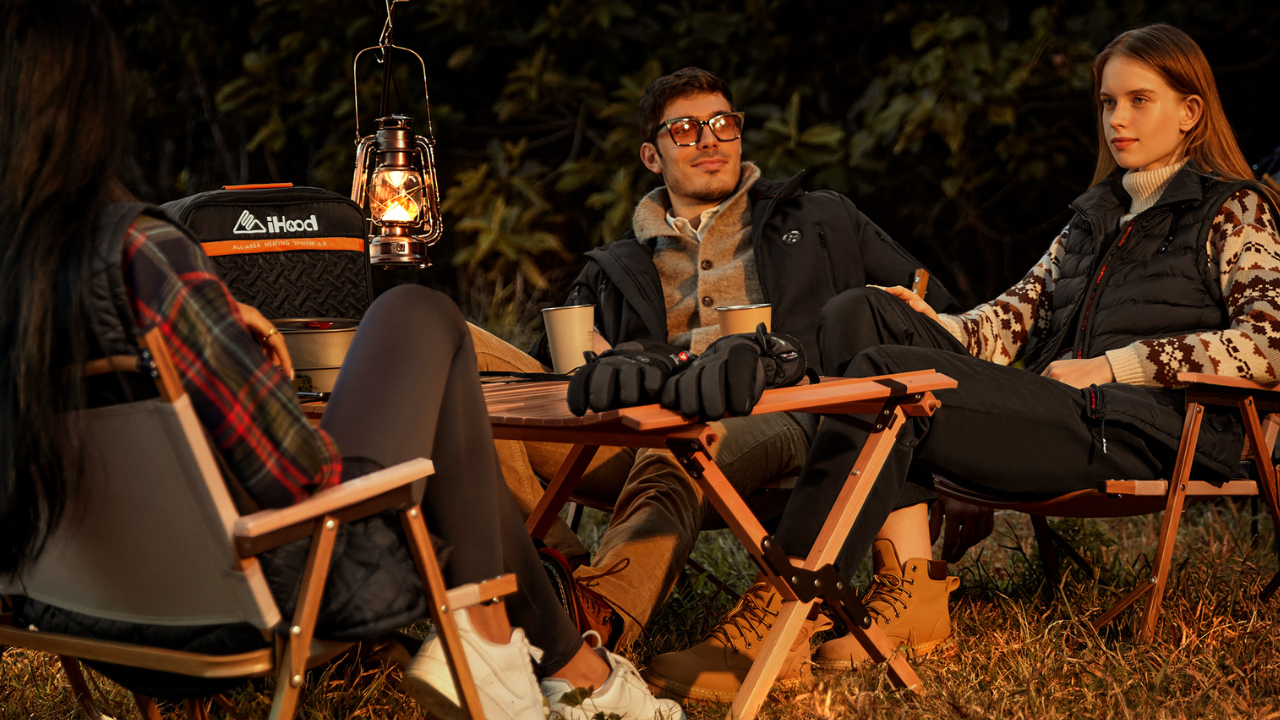Regarding winter apparel, the advent of heated apparel has completely changed how people perceive and deal with the cold. The key component of this revolutionary technology is the heat-setting capability, which offers wearers a level of comfort and customization never before possible.
With its dynamic solution that adjusts to a range of weather situations and individual preferences, this launch represents a break from conventional outerwear. To read more, visit the iHood official website. Knowing and controlling the heat settings on items like heated waterproof jacket, vests, gloves, and socks enables consumers to customize the warmth they get to suit their own needs.
Heat Control Mechanism in Heated Clothes
Personalized warmth in a variety of wearable forms has revolutionized how we handle cold weather, thanks to heated apparel. Adjustable heat settings let users customize their comfort levels to the constantly shifting needs of their surroundings, which is a key feature that makes these clothes so appealing. Detailed instructions for adjusting the heat setting on heated clothing are provided below.
Heating Technology
Understanding the basic heating mechanism is crucial before getting into the nuances of adjusting heat settings. Modern materials like carbon fiber or flexible heating devices woven into the fabric are used in the majority of heated clothes. These parts power the heating process when they are connected to a power source, which is typically a rechargeable battery.
Temperature Setting
The ability to alter temperature is the defining characteristic of heated clothes. Users may adjust how much heat the garment emits with these settings, making it a flexible option for a range of weather situations and individual tastes. Frequently, a straightforward interface—like a button or dial that is conveniently affixed to the clothing is used to regulate temperature.
Single or Multi-Zone Heating
Single- or multi-zone heating is a flexible feature found in many heated clothing items. Multi-zone heating enables users to individually regulate particular sections of the garment, whereas single-zone heating provides a constant degree of warmth throughout. A heated jacket with independent settings for the chest and sleeves, for example, may offer a more sophisticated heating experience.
Battery-Powered Control
One of the most important factors in regulating heat settings is the power supply, which is usually a rechargeable battery. The kind and capacity of the battery affect how long the heating process takes and how effective it is. Certain clothes have battery-operated controllers that allow wearers to change the temperature while they're out and about, which is convenient and portable.
Wired and Wireless Controller
There are wired and wireless types of controllers. Users of wired controllers can make modifications without taking off their clothes because they are directly attached to the item of clothing, frequently using a covert cable. Conversely, consumers have more mobility with wireless controllers since they can adjust the heat settings from a distance.
LED Indicators
Many heated clothes have LED indicators that show the battery level or the current temperature setting to improve the user experience. By offering a rapid visual reference, these indications guarantee that wearers can quickly monitor and modify the heat settings without stumbling over intricate buttons.
Pre-Set Heat Level
Predefined temperature settings are provided for convenience in certain heated clothing items, which have pre-set heat levels. This function, which lets users choose between low, medium, and high heat levels without requiring manual adjustments, is very helpful for people who want simplicity in their heating experience.
Choosing the Right-Heated Clothing
Think about adaptability and controllability when choosing heated apparel. Search for clothing that has features that meet your demands, a variety of temperature settings, and easy-to-use interfaces. Gaining maximum benefit from your heated clothing investment requires that you know how to adjust the heat settings.
Conclusion
Managing the heat settings on heated apparel is essential to creating a customized and cozy winter experience. The capacity to customize warmth to personal tastes has made heated apparel the new norm for winter attire. We should expect more advancements in heat control technology as it develops, which will further improve the versatility and practicality of heated clothing for people looking for warmth in colder locations.


